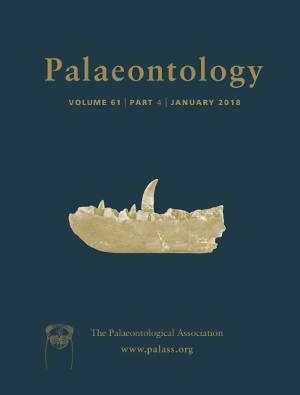Reg. Charity No. 1168330

More than 4000 insect trace fossils collected in recent years from Pliocene deposits at Laetoli in northern Tanzania provide new insights on early hominin palaeoenvironments. These trace fossils include: Fictovichnus gobiensis, Coprinisphaera murguiai, C. kheprii, Coprinisphaera ispp., Quirogaichnus isp., Teisseirei linguatus isp. nov., Celliforma ritchiei isp. nov., C. spirifer, C. germanica, C. cfr. curvata, Celliforma ispp., Rosellichnus isp., Vondrichnus planoglobus, Laetolichnus kwekai igen. et isp. nov. and Krausichnidae indet. They reveal that at least one species of moth, three dung beetles and five other coleopterans, nine taxa of solitary bees, and an indeterminate number of taxa of termites inhabited the Lower Laetolil environments. The Upper Laetolil environments, which have yielded a rich diversity of vertebrate fossils, including the early hominin Australopithecus afarensis and its putative footprints, supported several taxa of termites, one dung beetle, five other coleopterans, and eleven taxa of bees. The Upper Ndolanya environments, which have yielded the hominin Paranthropus aethiopicus, record four taxa of dung beetles, four other coleopterans, and two taxa of bees. The record of larval mortality and lack of intruder activity, revealed by the absence of emergence and intruder traces, may be associated with the anoxic/hypoxic conditions caused by the instantaneous burial of soils under thick volcanic ashes. The record of the Celliforma Ichnofacies in the Upper Laetolil environments indicates the dominance of shrubland to woodland with limited grass cover. This is supported also by the absence of Coprinisphaera, which suggests a scarcity of fresh grasses and a low abundance of large mammal grazers.